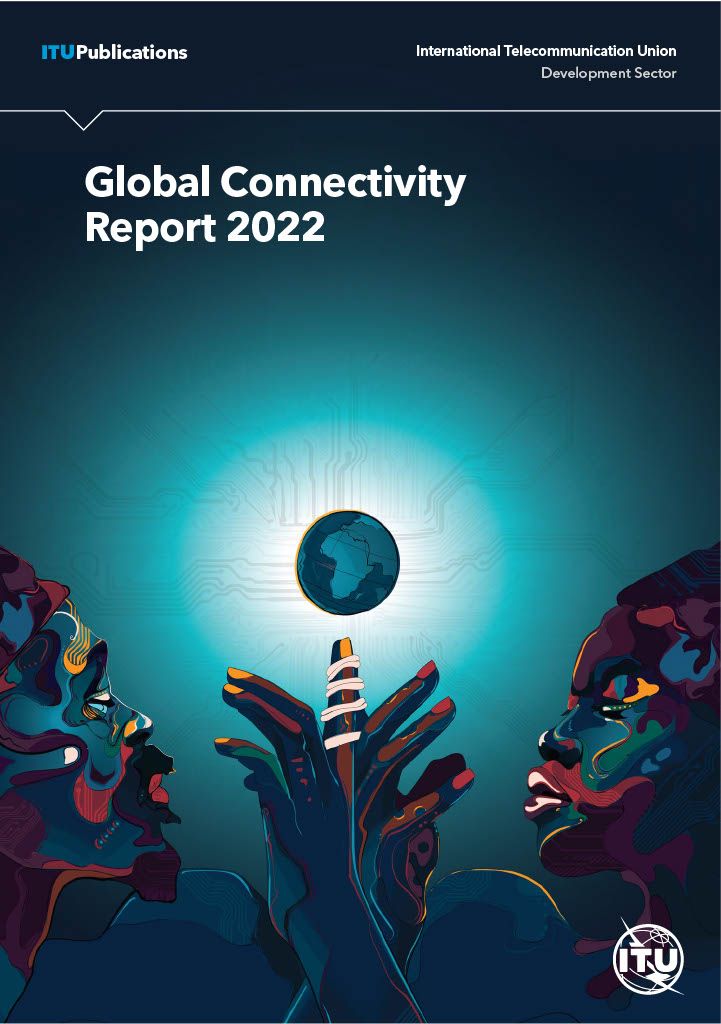
Four decades of global connectivity: Astounding strides, yet still some way to go
By Doreen Bogdan-Martin, Director, Telecommunication Development Bureau, ITU
Forty years have passed since the International Telecommunication Union (ITU) set up the Independent Commission for World-Wide Telecommunications Development, led by the late Sir Donald Maitland, a former UK diplomat and Permanent Representative to the United Nations.
The Commission’s seminal report, The Missing Link, called for bringing ‘all mankind within easy reach of a telephone by the early part of the next century’, noting that it ‘cannot be right that in the latter part of the twentieth century a minority of the human race should enjoy the benefits of the new technology while a majority live in comparative isolation.’
Clearly, ITU could no longer simply accompany the development of telecommunications through spectrum management and technical standardization. As a UN specialized agency working toward a more equal and equitable world, we would also need to promote connectivity actively, for everyone everywhere.
The result was the ITU Development Sector. When this third key sector of ITU’s work was set up 30 years ago, the world had fewer than 10 million Internet users. Two years later, when the very first World Telecommunication Development Conference (WTDC) took place in March 1994, there were only 20 million, or about 0.3 per cent of the world’s population.
ITU’s new Global Connectivity Report 2022, which I’m now delighted to release at another landmark WTDC, presents a unique and comprehensive global assessment of digital connectivity, the associated drivers and enablers, and how those have evolved over the decades.
Last-mile connectivity
Since the early 1990s, we’ve made tremendous progress in connecting humanity. The Internet is now integrated across the entire fabric of our societies. The initial, ground-breaking minority has blossomed into the global majority, with two-thirds of humanity now engaging through the online world.
And yet, to a large extent, the link is still missing. A full one third of the world’s population remains totally offline, while many among the online population are not ‘meaningfully connected’ either. This is mostly because of connectivity that is too slow, unreliable, or costly, or because they lack the digital skills needed to get the most out of devices and services.
At the same time, the ‘missing link’ has morphed to multiple digital divides: across and within countries; between men and women; between youth and older people; between cities and rural areas; between those linked to fibre and those who struggle on an intermittent 3G connection; and between the technology savvy and the newly initiated or vulnerable. The ITU Development Sector directly addresses all these divides.
The Internet offers a world of truly extraordinary possibilities. With digital technologies and services now at the heart of every nation’s socio-economic development and prosperity, the connectivity challenge has become a lynchpin for progress to achieve the UN Sustainable Development Goals. As we strive to eliminate poverty, ensure basic equality for all, and build sustainable economies and societies, it is simply not acceptable that vast swaths of humanity remain digitally excluded.
Tech at the service of humanity
Universal and meaningful connectivity– the possibility for everyone to enjoy a safe, satisfying, enriching, productive, and affordable online experience – has become the new imperative in the UN’s Decade of Action on sustainable development. Governments, the private sector, and organizations of all kinds have shown they can come together to find sustainable solutions to the world’s biggest challenges, ranging from poverty and gender to climate change, inequality and closing the finance gap.
Despite the ongoing challenges of pandemic, economic shock, supply disruption, and conflict, we must continue working together for our common future. Alongside the vital international technical collaboration that keep’s the world’s communication networks operational, we must consciously and consistently put technology at the service of humanity.
In everything we do, people must be at the centre. As Sir Donald and his colleagues acknowledged back in 1982, ‘telecommunication is not an end itself.’ Connectivity must be ‘for the people’ – a principle that is illustrated so beautifully on the cover of the new Global Connectivity Report.
At ITU, we are committed to working ever more closely with our partners and to using all our experience, expertise, creativity, and passion to bring universal and meaningful connectivity to everyone, everywhere. We look forward to working with all of you!

